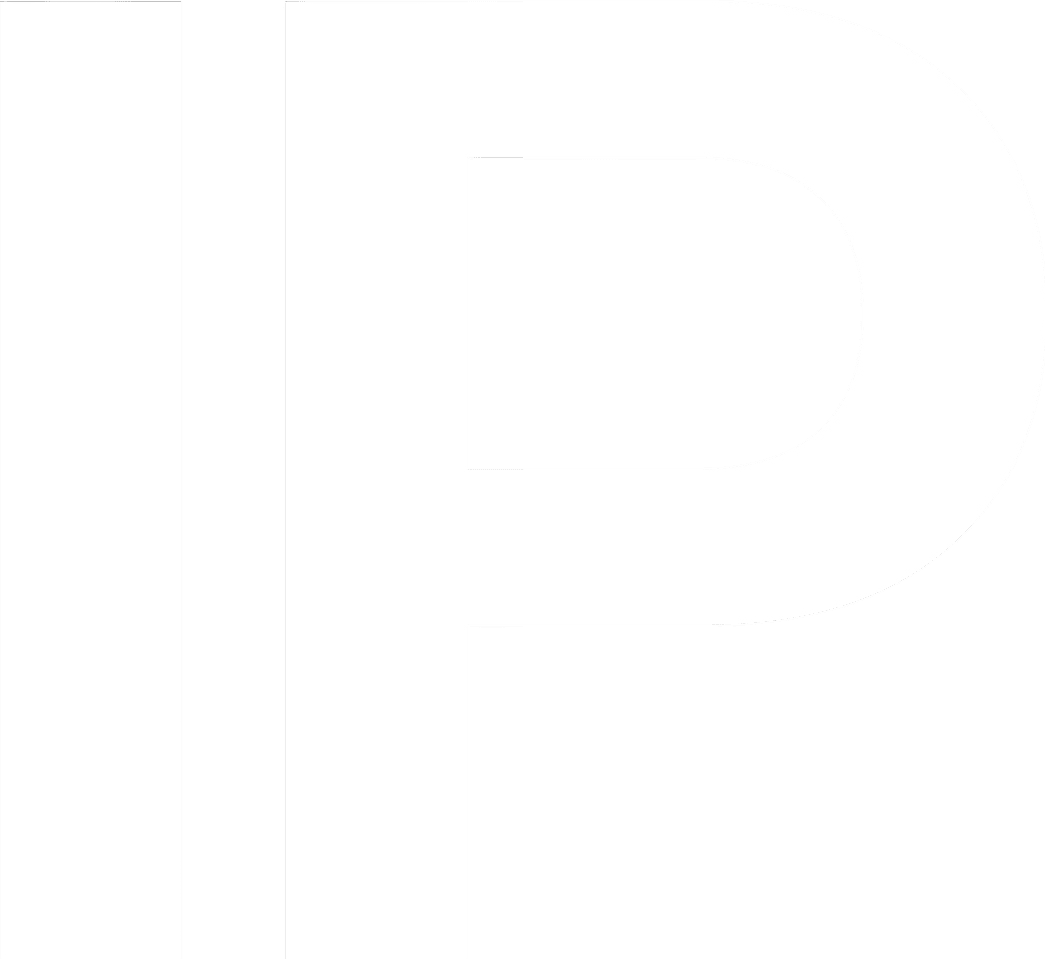
 What is Secondary copyright Infringement?
What is Secondary copyright Infringement?
The exploitation of copyrighted work done intentionally or unintentionally without the prior permission of the copyright owner amounts to copyright infringement. Copyright infringement occurs when an unauthorized person violates the exclusive rights of the copyright owner which is mentioned in Section 14 of the Copyright Act, 1957. Section 51 of the Copyright Act deals with copyright infringement in India and Section 51(a)(ii) and Section 51(b) are the statutory basis for secondary liability in India.
Basically, there are two types of copyright infringement which are direct or primary infringement and indirect or secondary infringement. A person is liable for primary infringement when he himself does an act which infringes the right of the copyright holder whereas a person or a party who indirectly contributes to the copyright infringement or gets benefitted from such exploitation is liable for secondary infringement. For a prima facie case of secondary infringement, it has to be proved that there was a case of direct copyright infringement by another party. Further, secondary infringement can be classified into contributory infringement and vicarious infringement.
Contributory infringement takes place when a person induces or instigates another person to materially contribute to copyright infringement. Such a person who instigates the other person to directly infringe copyright will be liable for contributory infringement. For establishing a case of contributory infringement it has to be proved that:
– The infringer had the knowledge of such infringement or has reason to know about such infringement.
– The infringer has induced or encouraged the direct infringer or has materially contributed to the primary infringement.
Vicarious Infringement takes place when a person or entity gets benefitted because of the copyright infringement done by the primary infringer. Such a person or entity will be liable for vicarious infringement as they facilitate copyright infringement by providing a platform to the direct infringer. For establishing a case of vicarious liability it has to be proved that:
– The infringer had the right and ability to control the infringement.
– The infringer has a direct financial interest in the infringement.
Therefore a person may be liable for infringing copyright even without committing a breach directly. A primary or vicarious infringer may or may not be aware of infringing copyright whereas a secondary infringer has the knowledge of infringement.
Example: A professor instructing students to get a copy of the textbook from a Xerox shop.
The student doing so will be liable for direct infringement whereas the professor will be liable for contributory infringement. The photocopy shop will be liable for both vicarious infringement and secondary infringement.
Significant Judgements regarding Contributory Infringement
The concept of contributory and vicarious infringement was first coined in the case of Gershwin Publishing Corp v Columbia Artists Management Inc. (CAMI). Columbia Artists Management Inc. was a concert promoter and was held to be indirectly liable for violating the copyright owners’ exclusive right to public performance when musicians played copyrighted works at the promoter’s concert.
The Court of Appeal held that the defendants had the knowledge of infringement as they allowed the musicians to play copyrighted songs without obtaining a license from the copyright owner which was enough to hold the defendant liable for contributory infringement.
Further, the defendant yielded direct financial benefits because of such exploitation done by the primary infringers. Also, the defendant could have taken a course of action against the infringers but they did not. Hence the defendants were liable for vicarious liability as well.
In the case of My Space Inc. vs Super Cassettes Industries Ltd, it was alleged by T series that My Space, an intermediary, was exploiting the music of T-series without obtaining a license. Initially, a single judge bench declared that My Space was liable for contributory infringement. However, in December 2016, the Delhi High Court reversed the verdict by putting forward the following arguments:
Actual Knowledge
The defendant had no actual knowledge of the infringement. The Court emphasized that the term “actual knowledge” should not be construed as general or abstract knowledge. Since the plaintiff failed to prove that the defendant had specific knowledge regarding copyright infringement, the defendant could not be held liable for contributory infringement.
Material Contribution/ Inducement
The intermediary My Space was a medium to provide access to a communication system. The intermediary functions by transforming the format by an automated process and not the content. Therefore there was no material contribution or inducement or active participation by the defendant to constitute a case of contributory negligence. Merely providing a channel for communication is not sufficient to prove the elements of Section 51 of the Copyright Act, 1957. For this reason, the intermediary was granted protection under Section 79 of the Information Technology Act which provides safe harbor to intermediaries if it complies with certain requirements.
Significant Judgements regarding Vicarious Infringement
In the case of Shapiro, Bernstein and Co. v. H.L. Green Co, a concessionaire used to sell counterfeit recordings in a department store. The owner of the department stores was held to be liable for vicarious infringement on the basis of the following grounds:
– The owner of the stores had the authority to control and stop such infringement by the concessionaire
– The owner of the department store extracted financial benefits from the exploitation done by the primary infringer.
In the case of Dreamland Ball Room, Inc. v. Shapiro, Bernstein & Co, the dance hall owners hired bands and allowed the public performance of musical work without obtaining the license from the copyright holders, thereby infringing their exclusive right of public performance. The dance hall owners were held to be liable for vicarious infringement as they had the authority to stop such infringement and they also yielded financial benefits because of such exploitation.
